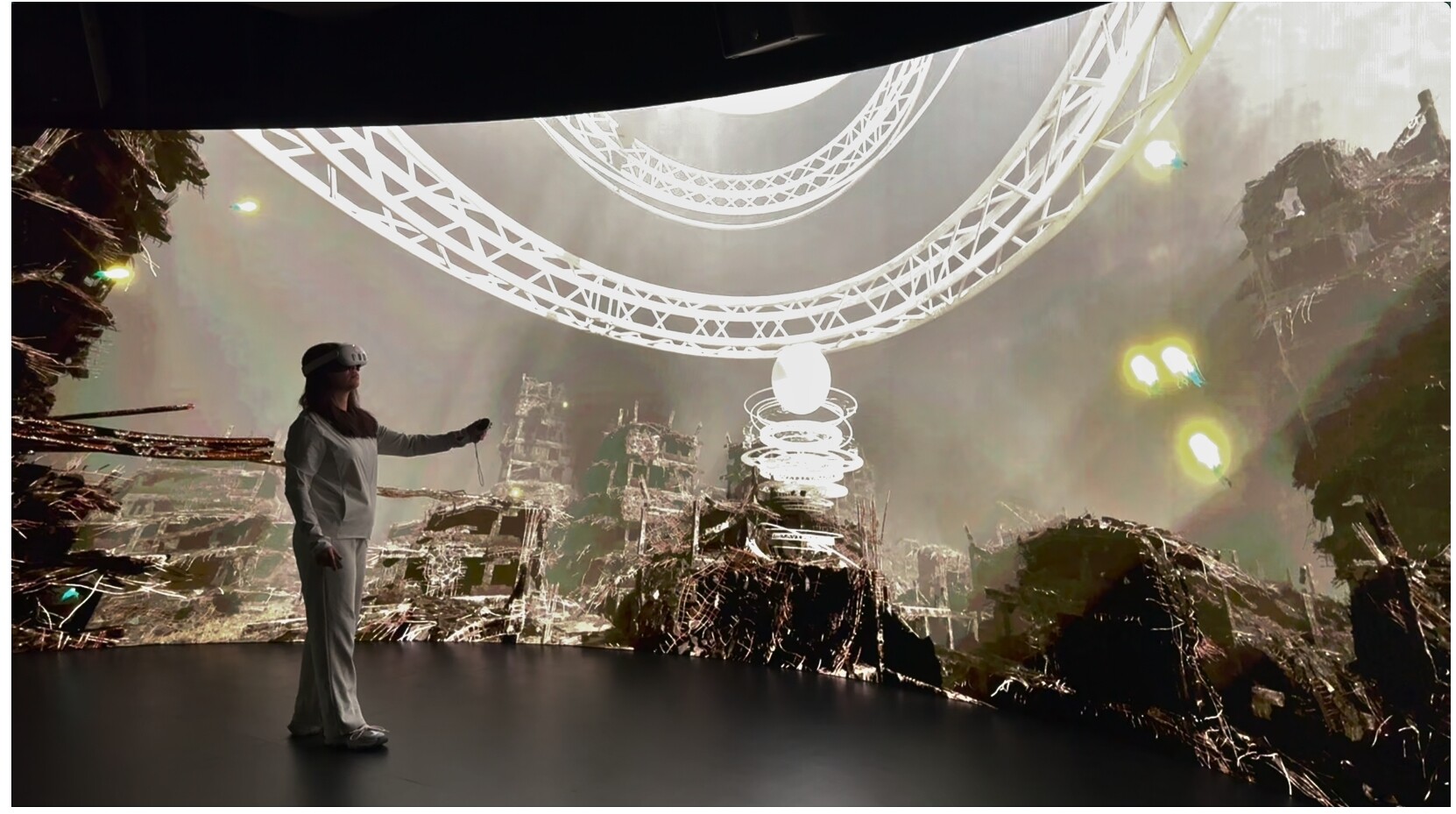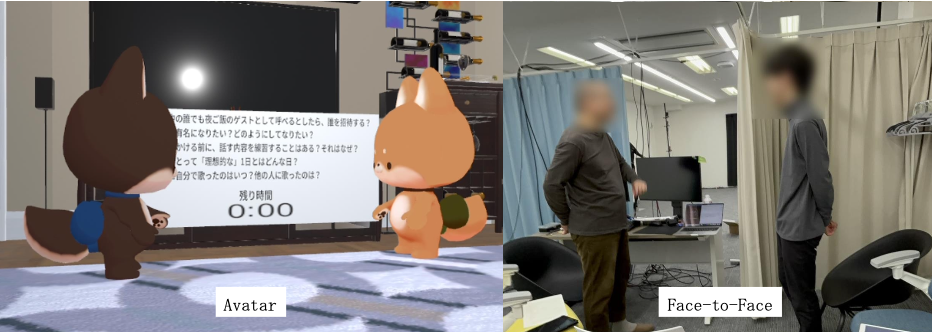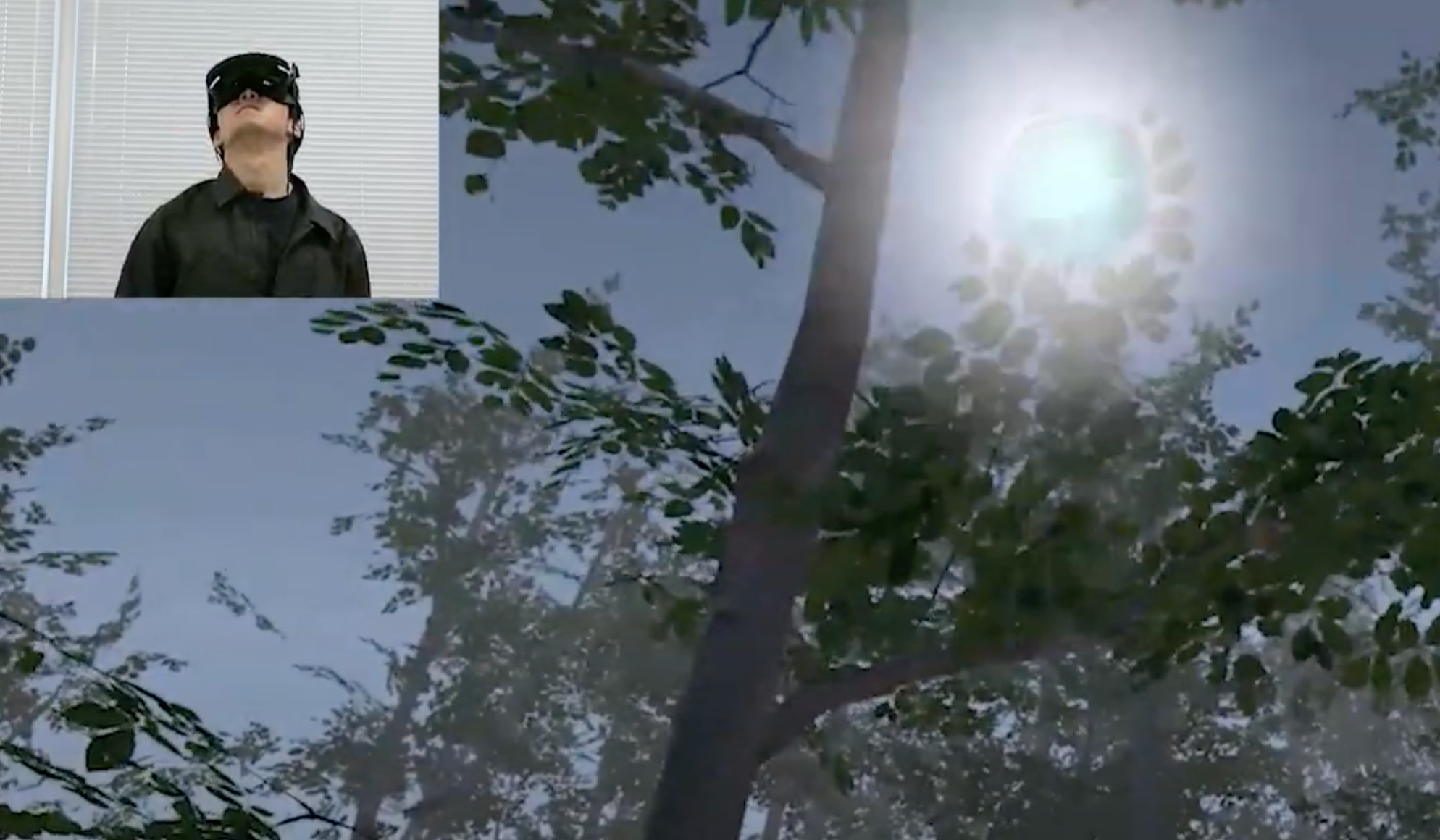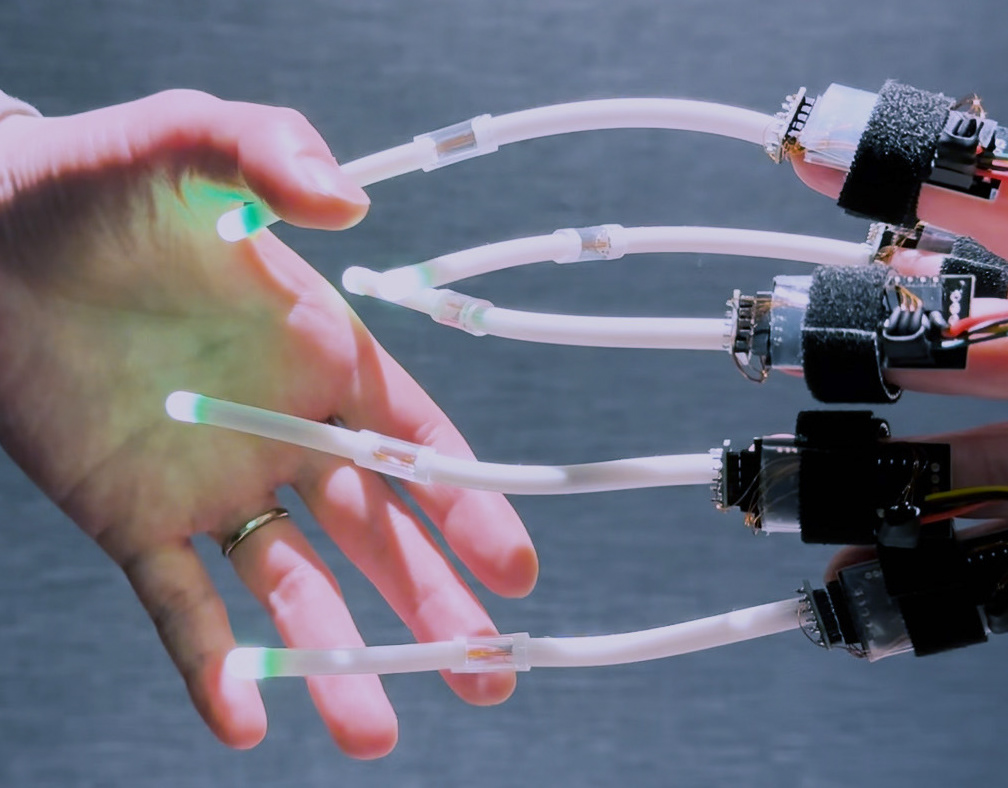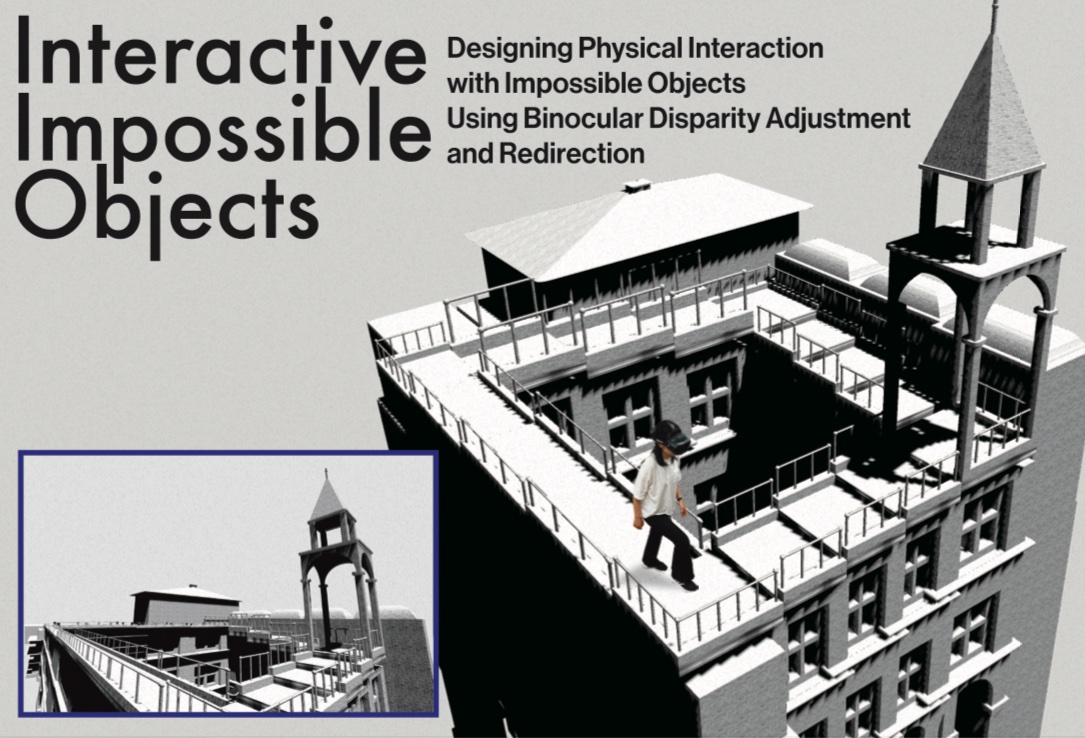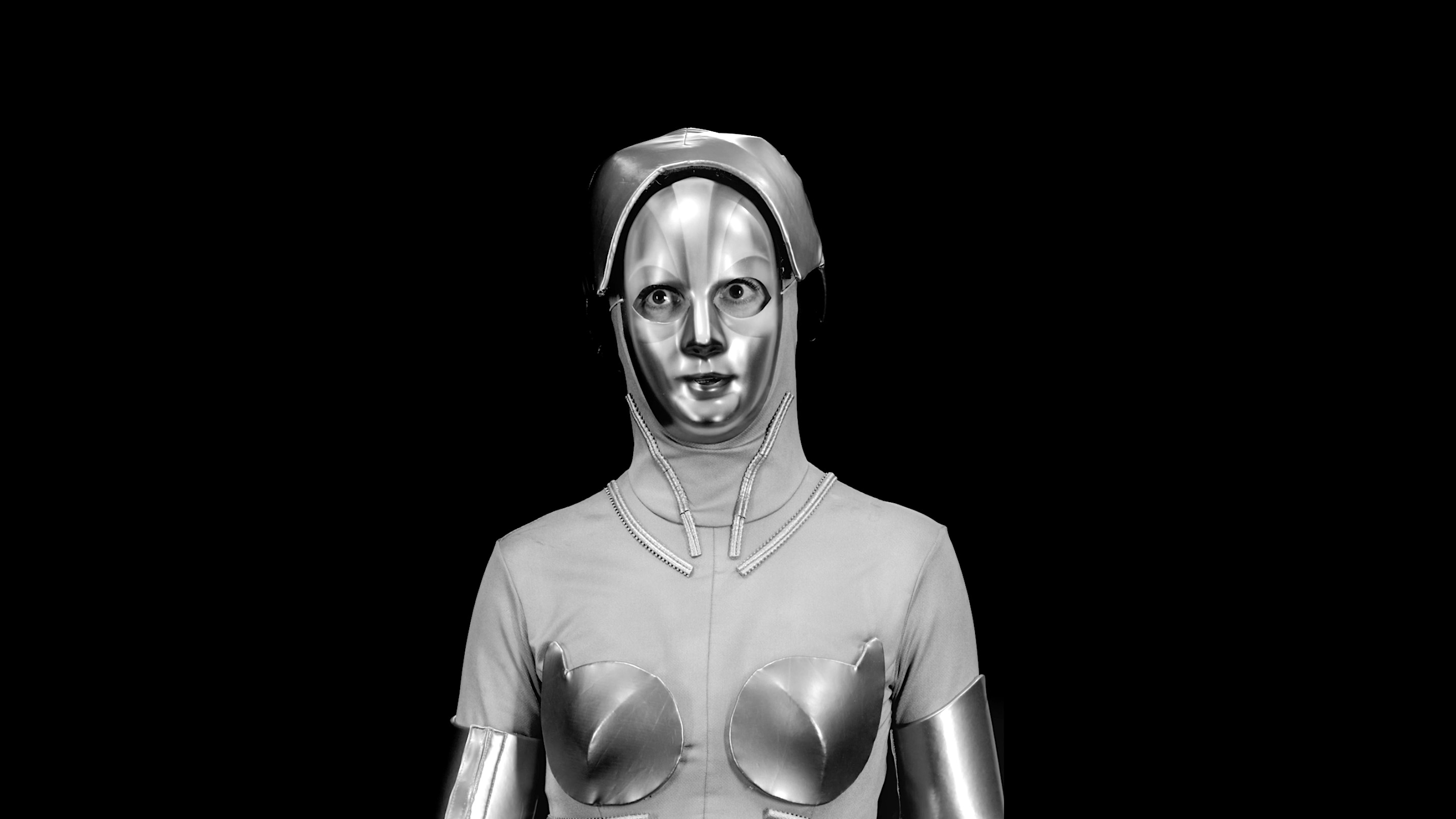She Works, He Works: Critical Explorations of Gender in AI-Generated Representations
– ISEA 2025 Long Paper
Author: Amalia Foka

Abstract
She Works, He Works is an interdisciplinary project that combines feminist visual theory, AI critique, and artistic practice to examine gender representation in AI-generated imagery. By juxtaposing text-to-image outputs of male and female construction workers, it reveals how societal biases manifest in generative AI systems. The study employs critically crafted prompts that blend traditionally gendered traits with unconventional contexts, exposing disparities in representation emphasizing aesthetics and agility for women versus authority and professionalism for men. Grounded in Griselda Pollock’s feminist insights on visual culture, the project positions AI as both a technological and cultural actor, capable of perpetuating stereotypes and enabling critique. As both a study and an artwork, the project underscores the transformative potential of AI to reimagine gender norms and inspire equitable narratives. It highlights the ethical implications of AI in creative industries, calling for transparent practices, diverse datasets, and reflexive engagement with AI’s cultural impact. Through its integration of critical analysis and artistic exploration, She Works, He Works contributes to broader discussions on inclusive AI development and the role of art in fostering societal change. This dual approach showcases the power of AI as a medium for critique and a tool for envisioning more just and inclusive futures.
Keywords
Gender representation, text-to-image models, critical prompt engineering, AI-generated art, bias in AI, feminist visual theory, cultural representation, ethical AI development, societal stereotypes
Reference
Amalia Foka, Computer Science Applications for the Arts, University of Ioannina
Presentation

